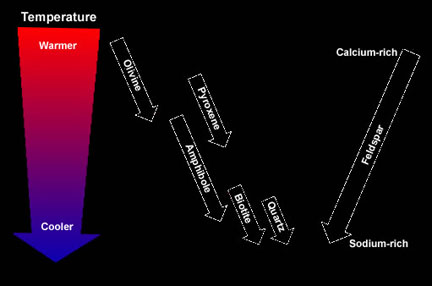This diagram of Bowen's Reaction Series shows how the common silicate minerals crystalize at different temperatures.
Windows Original Image
Bowen's Reaction Series
As magma cools, elements within it bond together to form crystals of minerals. However, not all minerals can form at the same time during cooling. Some minerals grow when magma is still pretty hot, while others grow when magma is cooler.
Bowen's Reaction Series describes when minerals form as magma cools. In this diagram, minerals that form at high temperatures are at the top and minerals that form at lower temperatures are at the bottom.
Rocks that form from magma or lava cooled from high temperatures contain dark colored minerals such as amphibole and pyroxene. But when magma cools slowly, light colored minerals, like feldspar and quartz, which form at cooler temperatures, are able to grow.
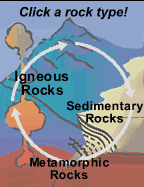
Last modified June 17, 2003 by Lisa Gardiner.
You might also be interested in:
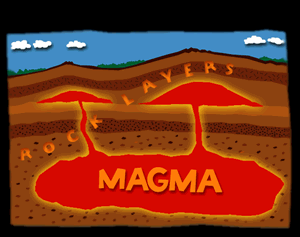
If you could travel to the center of the Earth, you would find that it gets hotter and hotter as you travel deeper. The heat is naturally produced when radioactive elements break apart. Within the Earth’s
...more
Everything you see around you is made of tiny particles called atoms. There are many different types of atoms, each with a special combination of protons , neutrons and electrons . These different types
...more
Minerals are the building blocks of rocks. They are non-living, solid, and, like all matter, are made of atoms of elements. There are many different types of minerals and each type is made of particular
...more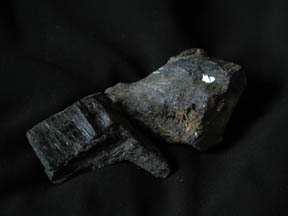
There are several different minerals within the amphibole group, but the most common type is hornblende. You can find small crystals of hornblende in many types of igneous rocks. They often look like little
...more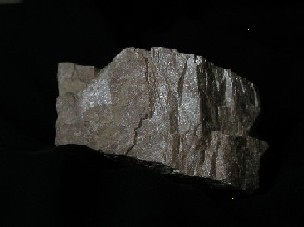
Feldspar is the most common mineral in the Earth’s crust, so you are very likely to find it in the rocks you collect! It is found it all of the three rock types, but is most common in intrusive igneous
...more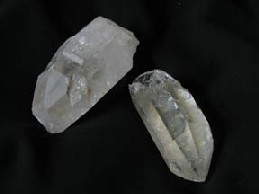
Quartz is one of the most common mineral in Earth’s crust! Silica (Si) and Oxygen (O) are the only elements within pure quartz. If a cooling magma has silica leftover after feldspars form, quartz is likely
...more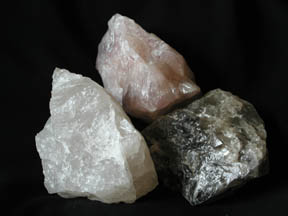
Spotting minerals is fun! There are many different types of minerals, each with a different name and a special set of characteristics. So, if you find a mineral that you do not recognize, you can use
...more
